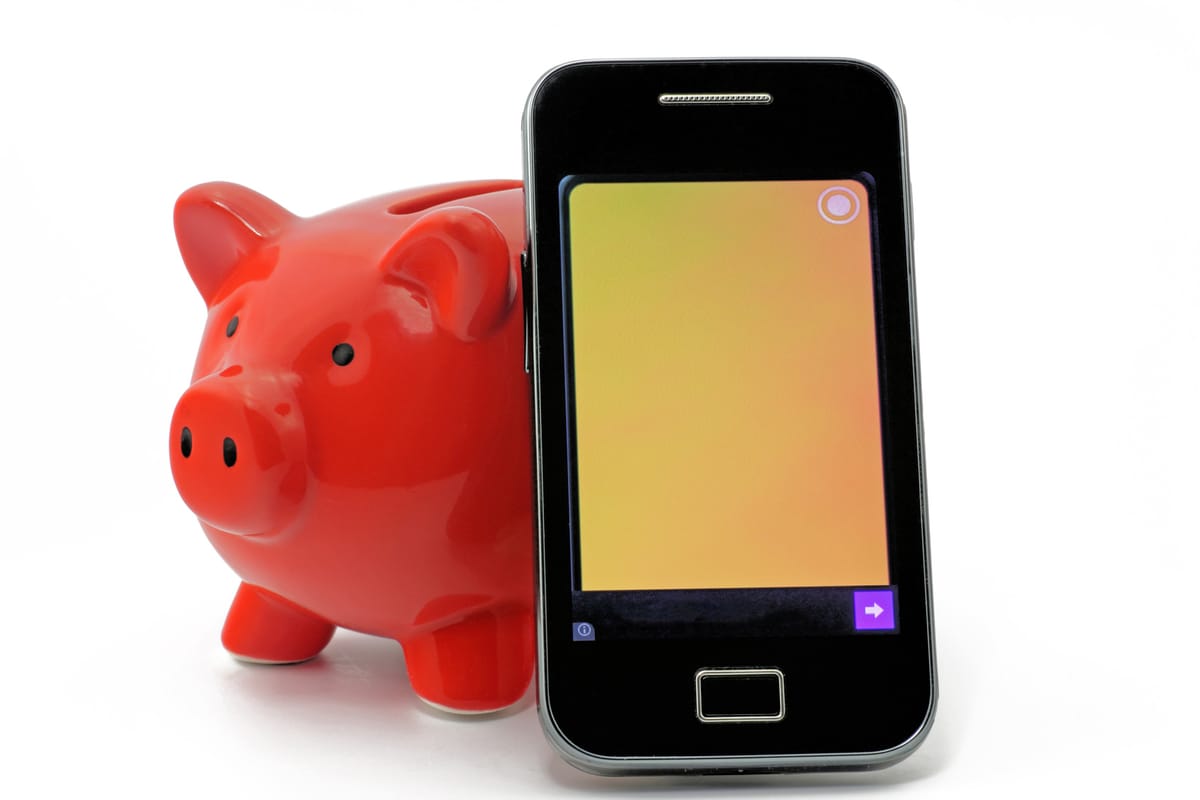Gemalto study finds young people love mobile banking

It’s no surprise that the younger generation are keen users of mobile banking, considering the benefits it offers and the prevalence of smartphones among the age group.
Gemalto recently conducted a study (“An international study of youth attitudes to banking and online banking services.”) to find out more, polling more than a thousand people aged 16-24 using online polls and a consumer database across the UK, the US, Mexico, Brazil and Singapore.
Over half UK adults manage money online
According to the UK’s Office of National Statistics, half of adults and more than three-quarters of 25-34 year olds manage their money online. One in five people have made some kind of payment using their mobile, and a quarter use it to check their bank balance. In the US, 33% of all mobile users have used a mobile banking app in the past 12 months, up from 28% a year earlier.
Gemalto’s detailed report contains dozens of fascinating insights into mobile banking – here’s a quick summary of some of the key points and findings.
The company notes that they expected a lot of enthusiasm for mobile banking among ‘generation m’ as they’re the first to have opened bank accounts with tried and tested mobile banking apps already in place, without needing a bricks-and-mortar, real world experience first.
Unsurprisingly, the report cites that financial institutions and banks that don’t offer a mobile portal or app often trigger a defection to a service that does. Not only that, but a poor mobile experience also does – this means that financial providers face irrelevance if they don’t provide ways to access their services on mobile devices.
Simultaneously, the younger generation won’t tolerate poor security, and there’s an expectation that the banks will keep them and their details safe or risk losing their trust.
Banking habits
The way that young people access banking services has seen a huge shift. Nearly four in five (77%) use online banking services, with 42% using them five times a month or more. More than three in five (62%) use mobile banking apps and almost half (47.6%) bank by phone. Over a quarter (27%) of respondents in Gemalto’s study never visit their branch in person anymore, and a further quarter (27%) goes just once per month.
Trust and Security
Although mobile and online are increasingly the preferred methods of choice for accessing banking services, trust in banks remains high; which is surprising in the post-2008 economic crash era, where global trust in banks has arguably fallen to an all-time low.
Only 16% of respondents in the study said that they trust their mobile provider more than their bank. But security is still near the top of the agenda, with two thirds (66.5%) admitting to concerns about the risks of using a smartphone or tablet for banking.
Quality of service
When it comes to mobile banking, the range of services on offer is important. Young people are using their banking apps for a variety of tasks– from applying for loans (3.7%) and viewing their balance (9%) to making domestic transfers (25.6%) and paying bills (40%).
Ease of use is crucial and they don’t have much patience when it comes to bad service – 68.4% would use apps less if they were difficult to use, while 36.6% would be prepared to change their bank altogether, highlighting the importance of the mobile channel within this segment.
Gemalto’s advice rings true
Gemalto highlights some lessons that banks need to take into consideration as they look to the future:
Don’t ignore mobile. No matter where the banks globally, the proliferation of smartphones and tablets among young people is huge. They are also being used more than you might have imagined, with almost four in ten (37.7%) using them for more than five hours a day. Mobile banking in particular is here to stay – two thirds of young people are using these services already and a quarter sees them as “essential”.
Build out banking app feature sets. A mobile banking app needs to be more than just checking a balance. Young people increasingly don’t want to visit your branches in person, so you need to offer them the same services via their smartphone or tablet. Whether it’s applying for a credit card, making international transfers or paying bills, banks need an app that will support young customers in whatever task they want to achieve.
Make the experience the best it can be. Young people don’t have the patience to persevere with banking apps or services that are hard to use. The app benchmarks come from the pure internet players and social media giants so your app can’t afford to compare unfavorably. They have come to expect mobile experiences that are innovative, seamless and easy to understand, and they won’t hang around for long if the banks can’t provide them.
Don’t let security issues damage their trust. Confidence in banking institutions took a big hit after the crash in 2008, but it seems that negative sentiment isn’t necessarily felt by the younger generation, who retain a high level of trust. But banks need to make security of mobile services a priority, since many young people will jump ship to a competitor if they think they’re at risk.
Make them aware of the risks. You might assume that digital natives are most aware of how to protect themselves, but the high percentage of young people that would happily use mobile banking services over unprotected public Wi-Fi shows that might not be the case. Education and awareness around these issues will help protect them and keep them loyal.
SOURCE: Gemalto






